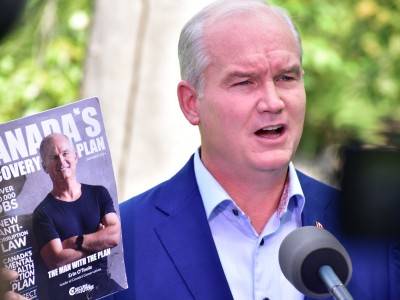A very valid question, that has multiple angles.
The first is whether the land is valued as a going concern ie railway versus as land by itself. The CP’s swath of real estate across North Toronto has sufficient value for development that CP must periodically wonder if they would be smarter to get out of the railway business and just build things. (In essence, that’s what the entire move off the Railway Lands has been about, up to and including the Raildeck Park story). One needs to stay grounded in the belief that Cp does see value in being a railway for the long term, and needs a route across town. And if they don’t, Metrolinx does. So selling the land to build on may be a fantasy. Further, cost of a new route would also be huge, and CP would not move simply out of kindness. The land valuation issues would be a big point of contention.
The second consideration is that railways prefer to own than to rent. On paper, the bypass route from Milton is flatter and shorter than the route CN currently uses. At face value, one ought to assume that the bypass would be cheaper, and even be able to quantify how much the bypass would save CN. That might inform how much they would be willing to pay the CIB for that opportunity, and that in turn might establish whether that looked like a good deal to CIB to be worth financing. On face value it’s a slam dunk…..Except…. once one establishes that there might be shared use of that asset with CP, and perhaps with GO/VIA, as some documents suggest….CN will get nervous about their ability to retain control of their operation, and whether they can retain needed capacity. It’s just safer to keep the asset that they have to themselves at present.
Lastly, railways are competitive about this stuff. Even if the bypass were built as two separate domains - one for CP, one for CN - CN knows how many miles of track CP has between Agincourt and Milton, and what their grades are, etc. If CN found that the bypass reduced CP’s costs more than it reduced CN’s, then as a simple matter of competitive equity CN would oppose the deal - and CP would also as vice versa.
So yeah, on some macro level one can construct a balance sheet with puts and takes that would look like economic sense to the railways. And yes, if there was the right ROI, it’s exactly the sort of infrastructure project that the CIB was set up to facilitate. But I can’t see it happening without a big policy nudge. Even with the CIB offering cheap money, Railways just don’t budge on these things, even for money, unless their other interests and risks align.
- Paul





